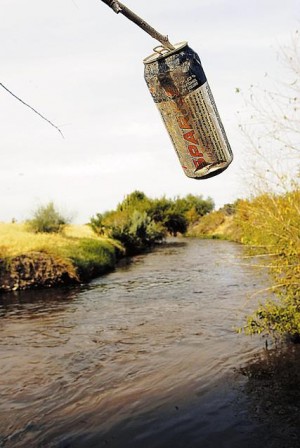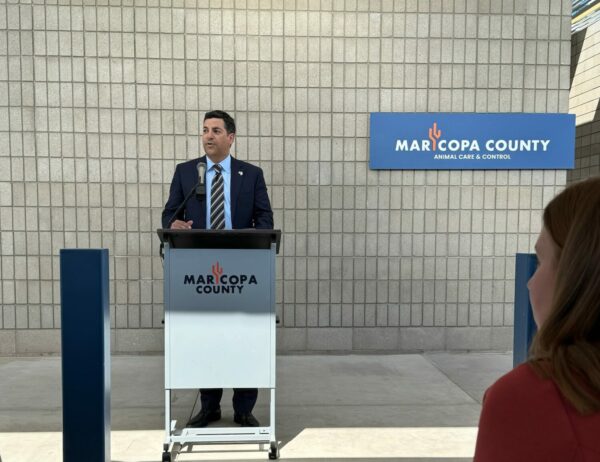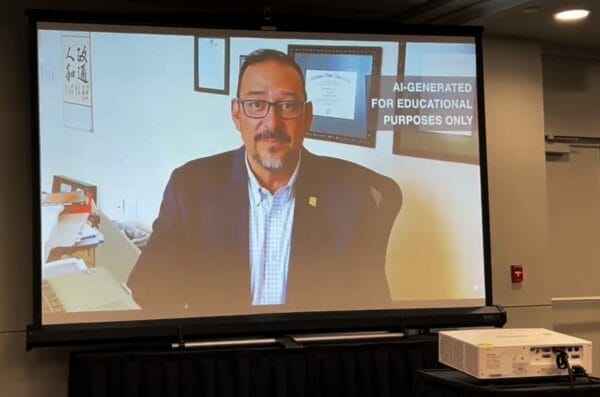By Justin Allsop, Law Clerk at Rose Law Group pc
Download A PDF of this Article Homebuilders vs EPA BY Justin Allsop Rose Law Group

In another showdown pitting the National Association of Home Builders, along with the Southern Arizona Association of Home Builders, against the EPA the builders lost. The builders were trying, for the third time, to challenge the legality of the EPA’s determination that sections of the Santa Cruz River were in fact “navigable” waters under the Clean Water Act, thus giving the EPA and the Army Corps of Engineers jurisdiction over land within its drainage area. For builders and developers having your land slammed with a Clean Water Act permit requirement can be the kiss of death. The permit process is extremely time-consuming, and as a result expensive, causing major delays in groundbreaking and major constraints on site construction. Consequently the builders had to challenge the EPA’s decision and try to save their rights to develop their lands as they wished. Unfortunately it just wasn’t their day in court.
How they lost is what might sting the most right now. There is losing on the merits, which is tough, but at least it provides the parties the ability to put up a fight in court. Then there is losing on a technicality, as the builders did here, without even getting to step in the ring so to speak. The problem that plagued the builders is the same as it always has been – standing.
Standing to sue is a basic requirement for a court to hear a case. The most basic explanation is that standing means you have skin in the game, and have actually been harmed, or a real injury is imminent. Generally speaking the doctrine applies in cases like these where some administrative agency has made a decision that creates problems for an adverse party. Here the EPA made a decision that has major economic impacts for developers. In these administrative cases standing can become a bit of an exercise for a judge to determine.
In most cases the parties’ issues are clearly defined and the plaintiff’s injuries are obvious – think of a catastrophic personal injury case and you can see how standing is not a hurdle to clear for that plaintiff. But with these administrative cases it is tricky. In fact challenging a plaintiff’s standing is a classic weapon of the defense in any administrative law case. It was often used a tactic by the government when facing challenges by environmental groups in the early days of the environmental movements. Just as in those cases, the government sought to challenge the builders’ standing by alleging that the EPA’s decision regarding the Santa Cruz River as “navigable” under the Clean Water Act was not in fact the source of any real injury. Now to get in to a proper legal analysis of this would actually be the topic of a great law review article spanning 50 pages, but for our purposes let’s just consider it simply.
First, for a government agency’s action to be challenged in court it must be final. That means the agency will not be revisiting the topic and will be regulating according to the decision. In this case, the judge relied on the idea that the EPA’s decision did not in fact amount to a final decision of the agency. Thus there could be no injury in fact for the builders because the only harm they suffered was “conjectural”. While that may have been the case, I have seen cases where far less harm sufficed.
Regardless, reading between the lines we can realize a couple things. One, this case will be appealed and the appellate court could in fact grant standing to the builders although this is unlikely since the trial judge’s finding of fact is generally honored at the appellate level. That means the builders will likely lose their appeal. However, that brings us to the second point. This case is not over. Not even close. Although these very same facts have been litigated three previous times, it will happen again. This time though it will have to wait for additional rulings and decision making by the EPA because the court has clearly ruled that the EPA’s decisions thus far are not final, and therefore not challengeable.
What does this mean in terms of moving forward? Unfortunately it is hard to say. There are few scenarios that could play out here with major ramifications. The EPA could finalize their decision and the builders could then gather a group of individuals with economic injuries resulting from the decision, thus granting them standing. The great thing about this scenario is that it might finally prove a chance for the courts to more fully vet the whole idea of “navigable” waters under the Clean Water Act. Let’s face it, in its plain terms navigable and a basically dry riverbed don’t seem to mix, no matter how Congress defined the term in the Act. Second, and perhaps more of a wild card outcome, is the changing of the guard at the White House in 2016. A new administration brings in new cabinet members and appointees of executive agencies like the EPA. A more conservative director may just decide to back off from the Santa Cruz River. As is so often the case in life, only time will tell.











